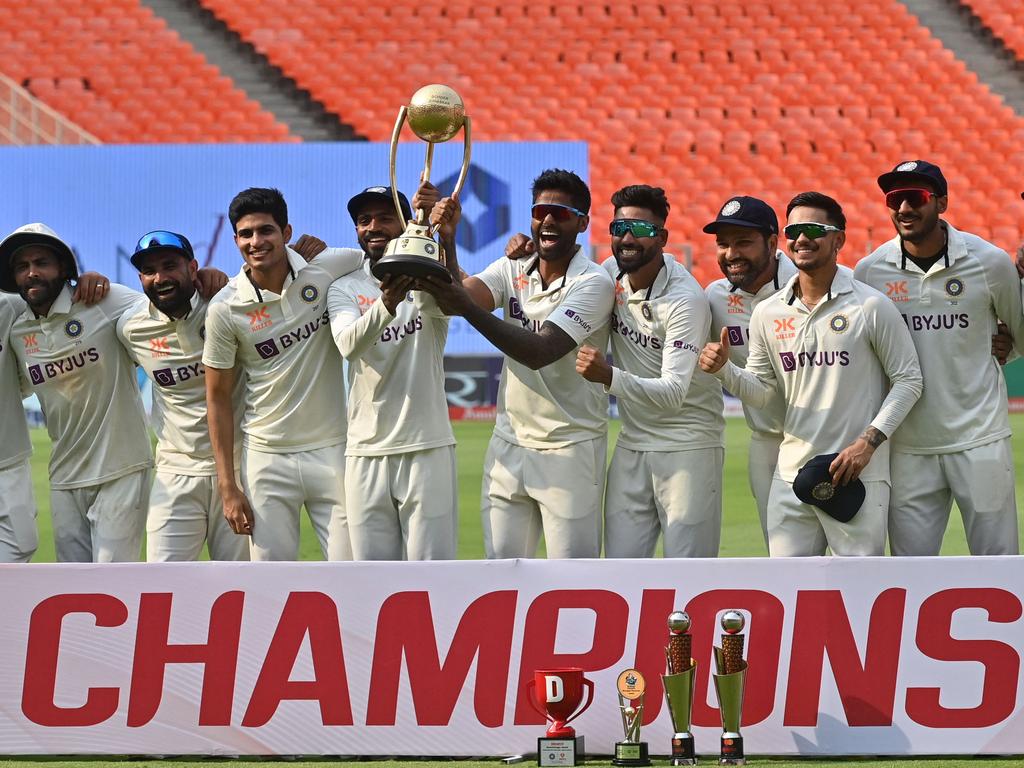Indian population eclipses China
China has had the world’s largest population since at least 1950, the year the UN began issuing population data. The loss of that status may be mainly of symbolic significance. But it shows that while totalitarian China’s population is shrinking, democratic India’s is growing, making New Delhi even more vital as a counterweight to Beijing’s regional and global ambitions.
Nuclear-armed and with a vast conventional army, India already plays a key role in groupings of democratic nations such as the Quad, alongside Australia, Japan and the US. Becoming the most populous nation is likely to enhance that role. The development could strengthen New Delhi’s claim to a permanent seat on the UN’s top body, the Security Council, which has five members, including China. “I think you have certain claims on things (as the country with the largest population),” John Wilmoth, director of the UN’s population division, told the BBC.
That is not how Beijing, which has long had testy relations with New Delhi, sees its new status as No.2 in population terms. Chinese foreign ministry spokesman Wang Wenbin, a frequent loudmouth critic of Australia, huffily dismissed India’s population growth, saying “a country’s demographic dividend depends not only on quantity but also on quality … the population is important, so is talent”. That may be so, and the likelihood is that China will maintain its lead over its Asian rival in manufacturing and skills for decades. But China’s ageing population is projected to trail India by 300 million by 2050. China’s birthrate has plunged, and last year its population shrank for the first time since 1961. India’s median population age is 28, compared with about 38 in China.
Beijing would be unwise to dismiss the significance of India’s population growth and its achievements since independence in 1947. An impoverished nation at that time, it has emerged as a global power whose $US3 trillion ($4.4 trillion) economy is Asia’s third largest. The demographic dividend from a young population will enhance its prospects and provide impetus to its relationships with other countries, including its Quad partners. Tech giant Apple, among other companies, is relocating some manufacturing from China to India.
While rebuilding our relationship with China is vital, it is no more important than developing the strategic and economic alliance we have with India, whose democratic values and rule of law are more in line with our own. The Defence Strategic Review says Australia needs to continue to expand practical co-operation with India and other regional powers and invest in regional architecture. The ties between Canberra and New Delhi have been strengthened by the presence of 750,000 Indians who now call Australia home. China’s rise has shown that human bodies count towards the achievement of political and economic power. India’s new status will be significant across the long term.





India surpassing China as the most populous nation is a tipping point in global demography. From Australia’s perspective, it adds to the significance of the Quadrilateral Security Dialogue leaders summit in Sydney next month. On Monday, the UN’s Department of Economic and Social Affairs projected that India’s population would be more than 1.4286 billion “by the end of April”. That, it said, would give it the number to overtake China. According to the UN Population Fund, India will have 2.9 million more people than China by the middle of the year.